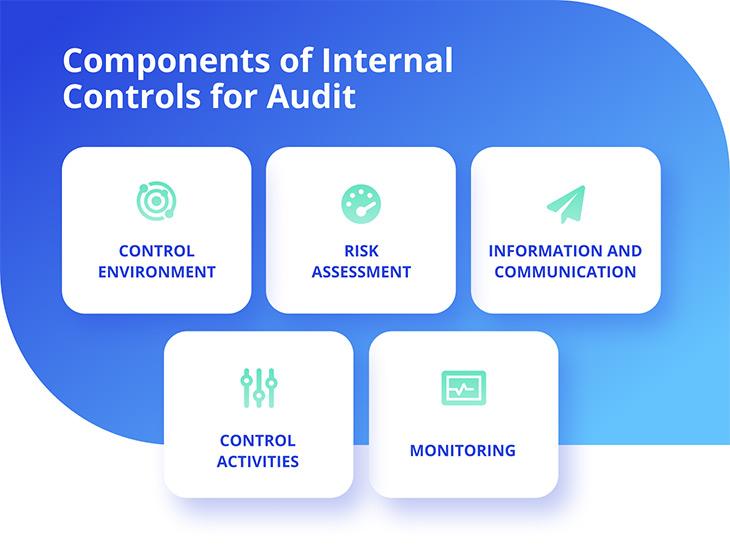In the intricate dance of modern commerce, businesses are not only challenged by market competition and consumer demands but also by the ever-evolving landscape of regulatory compliance. Like a seasoned captain navigating treacherous waters, today’s business leaders must be adept at steering their enterprises clear of the perilous rocks of regulatory fines. These financial penalties, often the result of oversight or misinterpretation, can cripple even the most robust organizations, tarnishing reputations and draining resources. As guardians of their companies’ futures, executives must equip themselves with the knowledge and strategies necessary to anticipate and mitigate these risks. This article serves as your compass, guiding you through the complexities of regulatory frameworks and offering actionable insights to fortify your business against the looming threat of fines. Prepare to embark on a journey towards compliance mastery, where proactive measures and informed decision-making are your most trusted allies.
Understanding Regulatory Landscapes and Compliance Requirements
In today’s fast-paced business environment, navigating the intricate web of regulations can be daunting. Yet, understanding the nuances of these regulatory landscapes is crucial to safeguarding your business from costly fines. Compliance requirements vary significantly across industries and jurisdictions, and staying informed is your first line of defense. A proactive approach involves not only keeping abreast of changes in laws but also embedding a culture of compliance within your organization. This can be achieved by appointing dedicated compliance officers, investing in ongoing staff training, and leveraging technology to monitor and report compliance metrics effectively.
Consider implementing the following strategies to fortify your compliance framework:
- Regular Audits: Conduct frequent internal audits to identify potential compliance gaps before they escalate into violations.
- Documentation: Maintain comprehensive records of all compliance-related activities, which can serve as evidence of due diligence in the event of an audit.
- Engage Experts: Collaborate with legal experts who specialize in your industry to ensure that your policies align with the latest regulations.
- Employee Training: Develop a robust training program to educate employees about compliance obligations and the importance of adhering to them.
By implementing these measures, businesses can not only avert regulatory fines but also build a reputation for integrity and trustworthiness in their respective markets.

Implementing Robust Internal Controls and Monitoring Systems
In the complex landscape of business regulations, the importance of establishing robust internal controls cannot be overstated. These controls serve as the backbone of your organization’s compliance strategy, ensuring that every process aligns with legal standards and minimizes the risk of non-compliance. Implementing effective internal controls involves a comprehensive assessment of your business processes, identifying potential vulnerabilities, and crafting tailored solutions to mitigate these risks. This not only helps in maintaining operational efficiency but also acts as a shield against costly regulatory fines.
To bolster these controls, an effective monitoring system is essential. This system should be designed to continuously track and evaluate the effectiveness of your internal controls, providing real-time insights and alerts for any discrepancies. Key components of a robust monitoring system include:
- Automated Reporting: Streamlines the tracking of compliance metrics and highlights areas needing attention.
- Regular Audits: Scheduled evaluations to ensure that internal controls are functioning as intended.
- Feedback Mechanisms: Channels for employees to report potential issues or suggest improvements.
By integrating these elements, businesses can not only safeguard themselves against regulatory fines but also foster a culture of accountability and continuous improvement.
Training and Educating Employees on Compliance Best Practices
Ensuring your team is well-versed in compliance best practices is not just a defensive strategy; it’s a proactive approach to safeguarding your business from potential regulatory fines. Start by implementing a comprehensive training program that is both engaging and informative. Interactive workshops and e-learning modules can transform mundane policy reviews into dynamic learning experiences. Encourage employees to participate in role-playing scenarios to better understand the real-world implications of compliance breaches.
Incorporate a culture of continuous learning by providing access to up-to-date resources and industry-specific compliance updates. Encourage open dialogue by establishing a feedback loop where employees can share insights and raise concerns. Regularly assess the effectiveness of your training initiatives through surveys and compliance audits, ensuring that your team remains vigilant and informed. By prioritizing education and awareness, you not only protect your business but also empower your employees to become active participants in maintaining a compliant work environment.

Leveraging Technology for Proactive Risk Management
In today’s fast-paced business environment, staying ahead of potential risks is crucial to avoiding costly regulatory fines. By integrating cutting-edge technology into your risk management strategy, you can ensure that your business remains compliant and secure. Advanced analytics and artificial intelligence can help identify potential vulnerabilities before they become significant issues, allowing for swift corrective action. Additionally, implementing real-time monitoring systems can provide continuous oversight, ensuring that any deviations from compliance standards are immediately flagged and addressed.
Consider the following proactive measures to bolster your risk management approach:
- Automated Compliance Checks: Utilize software that automatically reviews your processes against current regulations, reducing the chance of human error.
- Predictive Analytics: Employ data-driven insights to forecast potential compliance challenges and adjust strategies accordingly.
- Cloud-Based Solutions: Leverage the scalability and flexibility of cloud technology to ensure that your compliance measures are always up-to-date and accessible.
By embracing these technological advancements, businesses can not only protect themselves from fines but also foster a culture of compliance and resilience.





